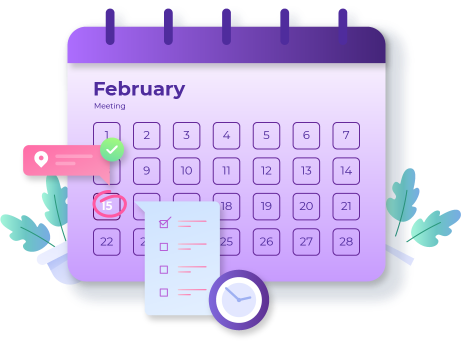The success of a game depends on the love the players have for the game. This involves different aspects and one such aspect is the levels of the game. If a game has interesting levels depending on the story of the game, then it becomes a hit among the audience. When we talk about the game levels; the gameplay, story, and character design are inclusive of it. A well-structured game level hits the market.
Let us take a look at some of the basic frameworks that can help streamline in designing video game levels.
Knowing the Limitations
While designing the game level you would come across various constraints. Therefore, understanding the basic constraints might help you in avoiding possible issues you might face in the future. As a Game Developer India, you should understand the possible constraints that come in your way. And that includes legal, business, engine, franchise, art and creation, and audience constraints. Irrespective of the type of games, these general constraints reduce half the job.
Answering the following questions will make it easier for you to design the levels.
- Who is my audience?
- How many times should I design it?
- What should be the duration of the levels?
- Are we introducing any new elements(audio, new tech, art, etc)?
- Which platform is it?
- Where to insert this level in the level progression?
Moreover, these questions help you in asking more critical questions that will in turn give an easy way to design the game levels.
Inspire with Ideas
After asserting your constraints, start brainstorming. Think of the storyline or theme of the game, it will give you the idea because a thought in a designers mind becomes playable level. The easiest and simplest way to generate ideas is to change your perspective of everyday location into a playable space. And any idea that naturally attracts you to explore is the idea you should pursue. Other ways to look out for ideas are through comic books, concept art, magazines and photography books, paintings, and stock photo websites.
Incorporate the game’s story or theme with the ideas you’ve got and narrow it down into minor stages within the level. That way it makes it easier to manage your work. Remember, the main goal is to keep the audience engaged in the game. Challenge the players, keep them entertained. How can we do that? Simply ramp up your game level to difficulty. Gradually increases the challenges, like increasing the complexity of the game.
You should be able to show different elements at each level. This can be done by introducing a new enemy or a weapon, or a character ability, or power-ups. These are the different elements you can include while designing the levels and boost the player’s interest.
Start the Rendering
Once the parameter levels are ready, mapping the level design is the final element. Also, keep in mind the vision of the game. Because, in terms of the outcome- it might be of greater help. Use it while designing the framework of the game. Where will the scene take place, consider the environment, location, and theme of the game? Another efficient way is to divide the levels into sections, as it acts as an outline for the map. Following, just make a simple sketch with bare-bones, with simple numbers and shapes to show the level’s progression.
Use simple arrow marks to show the flow of the character’s movement in different sections of the level. Once when you sense the order of the level’s flow in each section, it’s time to detail the mapping. Let this rough draft be paperwork as it is easy to modify at any point in time.
After finalizing the rough draft, illustrate or draw a 2D overview of the layout because it is the easiest way to map the vision of the game at this point. While illustrating the draft, make sure to do it in the relative size. The relative size of all the objects in the section, and the relative size of the section itself. After completing, you can include the platforms, enemies, and obstructions. The reason to add all the elements at this stage is that it will be easy to design them with the help of the editing tools. Also, you can continue adding power-up placements or elevated platform points, or enemy trigger points in this stage.
List the Work
Creating the working list will help in organizing a series of tasks that are completed and the once that have to be done, creating assets, and other things that have to be done. Penning it down will help track the progress without any haste. To make the list simple and to the point, categorize it into different blocks. Assets list, where you can note down the particle effects, textures, materials, 3D models, audio/sound effects. A Production list that consists of the pipeline of what to work will be displayed in sequential order. Project management consists of documents or lists of on-going processes like errors/bugs to be cleared, notes, and things that have to be done next.
The Final Stage
So far what you have done is the design, and when you start playing the game you might find tons of areas to improve or modify. Play, play like you have never played before, and look for all the elements a game should provide you. Check whether the game is fun, engaging, and interesting with challenging elements.
By following these steps, you have a solid foundation in designing the game levels. Designing is a very exciting job, enjoy designing.


















